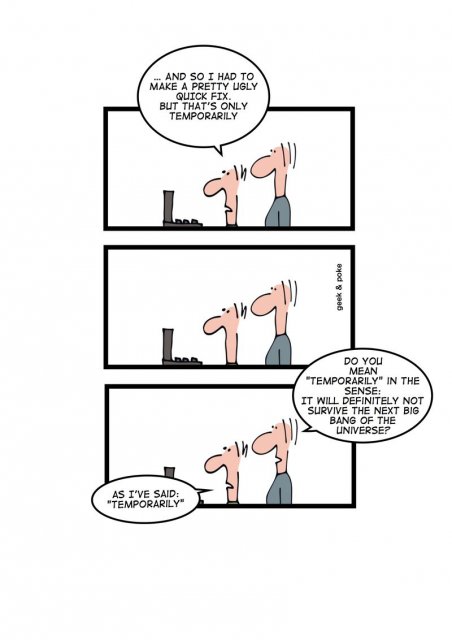In today’s business environment, you have to be agile to dynamically adjust and adapt to business intelligence and enhance productivity. The same philosophy applies to software development, but it’s not always easy to measure the efficiency and capacity of your software development team.
Keeping count of lines of code or bug rates can help, but these aren’t necessarily great indicators of how your team is doing. This is especially true when your development team is working on solving complex problems.
While there isn’t a concrete formula to achieve this, there are definitely things you can do to measure the health and efficiency of your software development team.
1. Fixed end times for meetings
If your Sprint Planning meetings are going for much longer than you expected, then it’s time to sit down and discuss the stories in detail (during a Backlog Grooming session). Scrum meetings need to have time limits and sprint stories need to be properly prepared before each meeting.
Meeting times can be easily measured with time tracking tools and you can also keep track of different meetings and the time it took to conduct them separately. But if all team members don’t properly participate in these Scrums meetings, the length of the meeting won’t be a good indicator of the health of your development project.
2. Embrace a Test Driven Environment (TDD)
It’s imperative to incorporate TDD within your development cycle to ensure that everyone contributes better codes with fewer bugs. Whether it’s Agile or Waterfall, this method can be used by any type of development project.
A problem you might face is the fact that a lot of developers may not know how to do it. As a result, you have to ensure that the team is properly trained to achieve this.
3. Peer code reviews
If your company’s resources allow it, peer code reviews will help to ensure that the project is being developed with quality code. Senior members of the technical team can engage in spot-checks to quickly ascertain if code quality has been maintained.
Senior engineers will also have the ability to compare the amount of code written and the time spent (logged on) writing it. This is an indicator of whether your software development was optimized or not.

4. Continuous Integration (CI)
CI can ensure that code builds and new code don’t destroy everything that already exists. It’s also a great way to identify and solve problems quickly.
When you couple CI with TDD (and maybe even Acceptance Test Driven Development), you can also design automated repeatable test suites that are created in order of magnitude. By avoiding any major breakdowns, you can ensure that the team keeps building while saving the company money and time.
You may want to read: Continuous Integration as a Way to Manage Fears and Concerns.
5. Customer satisfaction
We find that customer satisfaction plays an important role in measuring the efficiency and effectiveness of the software development team. This can be achieved by implementing regular check-ins with the client during the development cycle.
If the customer is happy and feels that the team is making adequate progress, this is a good indicator that things are moving forward nicely. Throughout your scrums, make sure that you are able to adequately demonstrate progress to clients every fortnight.
6. Incorporate static analysis tools
Today's static analysis tools are far better than they used to be and the current generation has a lot to offer. So if you don’t have the resources to engage in peer review, this is a cheaper alternative.
While you will have to purchase a license (in most cases), they are quick to set up and run every time a code is checked. It’s an easy way to identify potential issues almost instantly.
7. Develop coding standards
While it may take a considerable amount of time to debate and agree on some coding standards, once set up, they can help keep the team on track. It’s also a good idea to review them quarterly and update them accordingly.
However, this shouldn’t be used to bully developers or as part of a peer review. Coding standards and many of the above can be automated easily. Furthermore, taking the human out of the equation can also save you time, money, and negative incidents like bullying.
At the end of the day, every project, client, and team members will be different. They will all have their own unique difference with its own complexities. As a result, it’s always best to use the above as a guide and not as processes that are set in stone.






